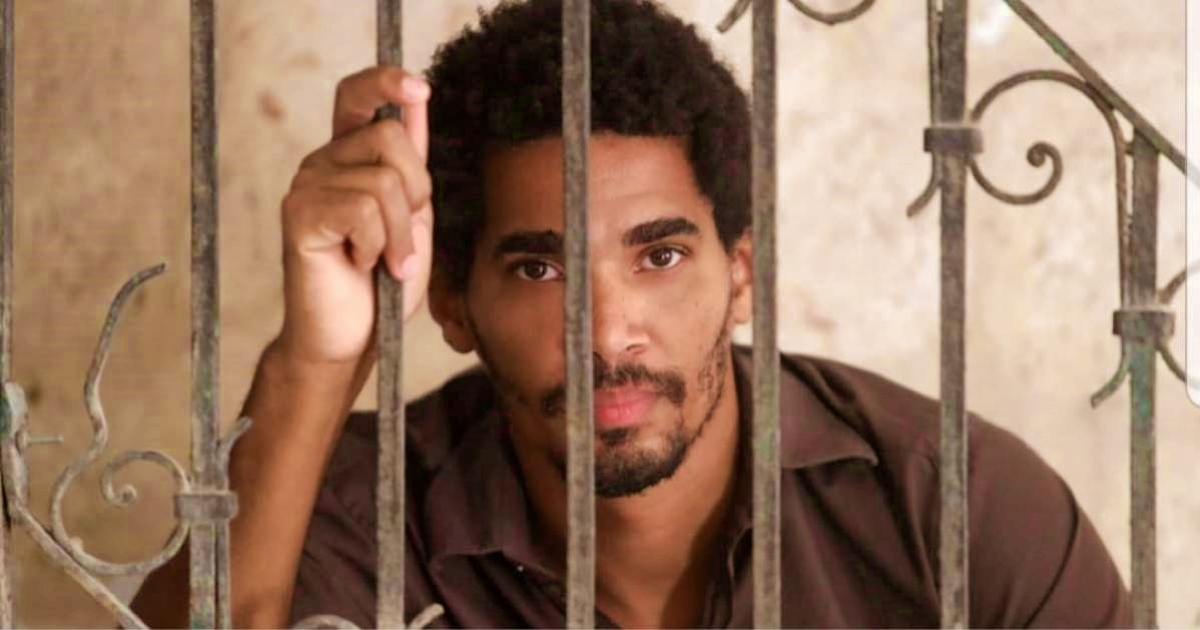
The authorities at the maximum-security prison in Guanajay, Artemisa, have prohibited Cuban artist Luis Manuel Otero Alcántara from taking his drawings out of the prison since some of his works were exhibited in Miami.
"He is painting, but they do not allow him to take the drawings out. We provide him with all the materials, but those drawings cannot leave the prison. This happened after the last exhibition we did," stated Claudia Genlui, art curator, to Martí Noticias.
Otero Alcántara is a political prisoner in Cuba. He is internationally known for being the founder of the San Isidro Movement (MSI).
The young Cuban artist has been in prison since July 11, 2021, when he tried to join the antigovernment protests that took place in Havana and other cities in the country.
In the summer of 2022, Otero was sentenced to five years in prison for an alleged case of public disorder, contempt, and outrage to national symbols. In prison, he has maintained his stance against the regime and has staged hunger strikes to demand his rights.
"During his last hunger strike, Luis Manuel was alone in his cell, evidently with the intention of psychologically pressuring him and creating a sense of helplessness and abandonment," explained Genlui.
Genlui maintains contact with Otero Alcántara twice a week. According to her, "he is currently more stable in terms of health. He stays connected with the outside world, developing new artistic ideas and projects to raise awareness and promote freedom in Cuba."
Cuban activists have called for support from the international community in favor of Otero Alcántara and rapper Maykel Castillo (El Osorbo), who have been sentenced to five and nine years in prison, respectively.
The rapper, winner of the Latin Grammy for "Homeland and Life", was sentenced for contempt, assault, public disorder, and defamation of state institutions. He is serving his sentence at the maximum-security prison Kilo 8, in Pinar del Río.
"We have been following his situation week by week. Maykel spends a lot of time writing, a solitary activity due to constant surveillance and danger," said Anamely Ramos, who also described a recent aggression suffered by the artist in the prison which resulted in a deep wound.
Ramos denounced that the regime uses common prisoners against political prisoners, inflicting specific harm and creating conflicts among them.
The cases of both political prisoners are an example of repression and also a demonstration of the struggle for freedom of expression in Cuba.
What do you think?
COMMENTFiled in: